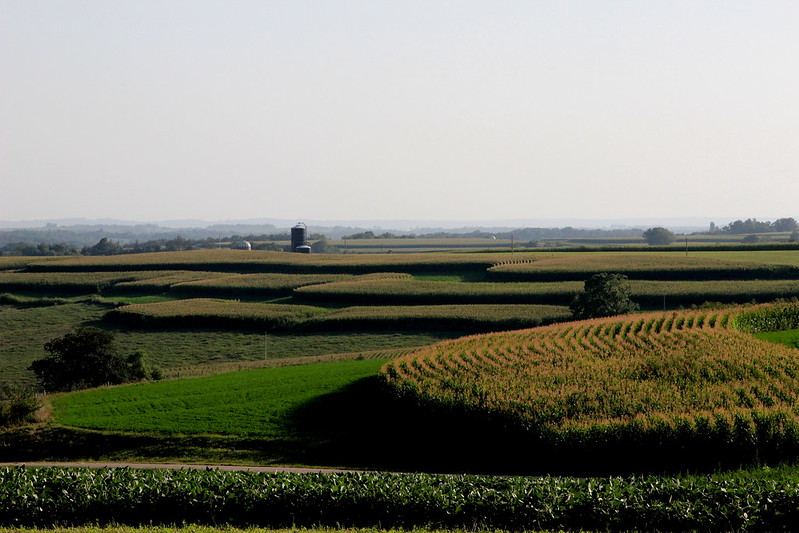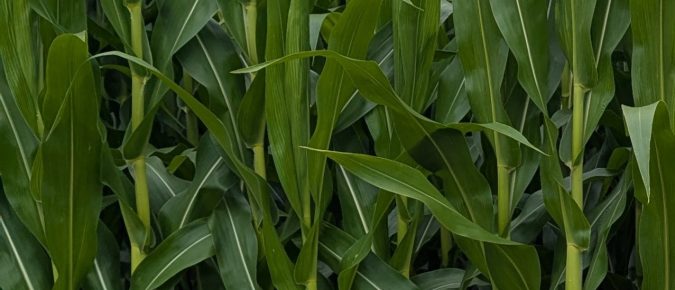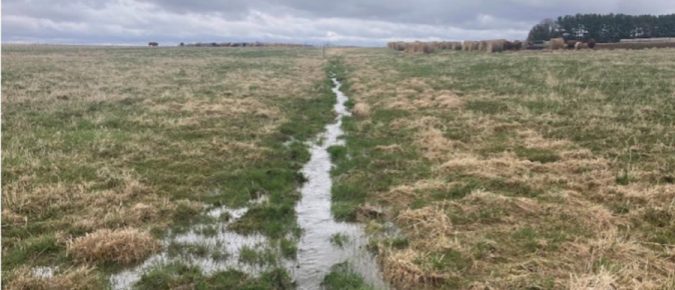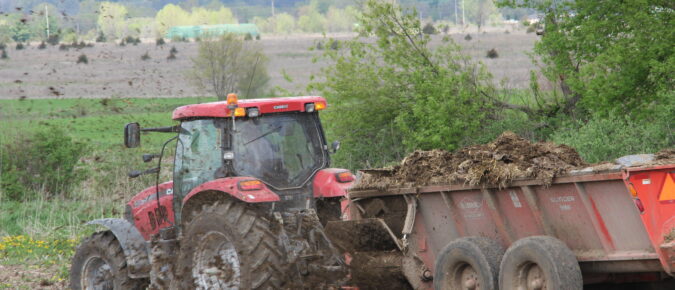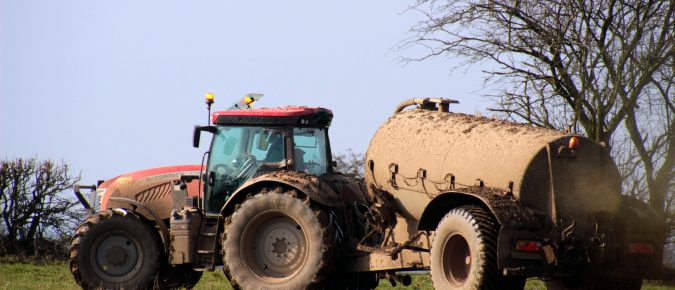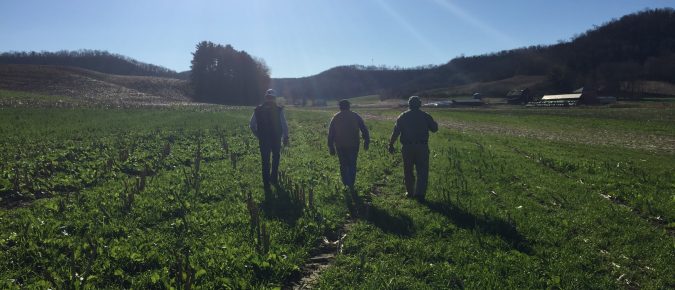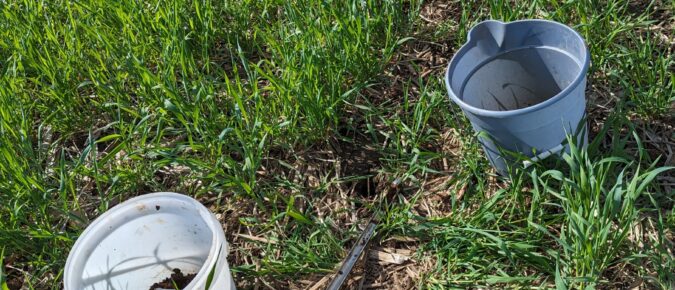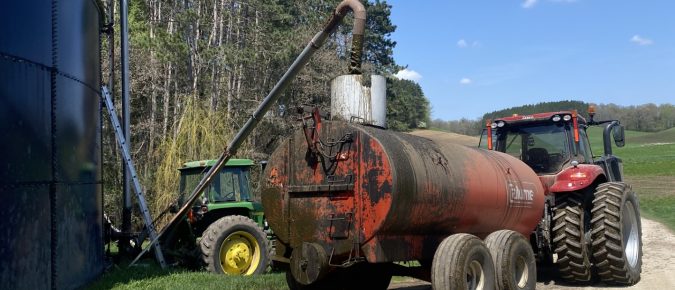Rubens Diogo, a postdoctoral research associate in the Ané Lab, UW–Madison Department of Bacteriology, shares groundbreaking research on enhancing biological nitrogen fixation (BNF) in corn.
Lindsey Hartfiel explores how nitrogen moves through soil and water systems, the impact of agricultural practices, and the importance of data-driven decision-making to mitigate nitrogen leaching.
Dr. Matt Ruark, UW–Madison soil and nutrient cycling extension specialist, dives into the value and limitations of nitrogen response curves in on-farm research.
Hava Blair walks through using two powerful tools for planning and managing manure applications in Wisconsin: SnapPlus Version 3 and the Runoff Risk Advisory Forecast.
Dr. Francisco Arriaga explores how manure affects soil hydrology, phosphorus runoff, and organic matter levels.
Kevin Erb covers trends in manure application, transportation risks, dragline safety, spill containment procedures, and regulatory requirements.
Lindsey Rushford, nitrogen optimization program outreach specialist with UW–Madison Extension, provides updates on the Nitrogen Optimization Pilot Program (NOPP) for 2025.
Jerry Clark, regional crops educator, presents findings from the first year of a statewide research project evaluating Maximum Return to Nitrogen (MRTN) rates for corn grain and silage following manure application.
Dr. Steven Hall, assistant professor and extension cropping systems and water quality specialist, explores how nitrate leaching responds to nitrogen inputs from both synthetic fertilizer and manure in Wisconsin cropping systems.
This article provides insight into various approaches to calculate and verify manure-nitrogen availability (N credits). We explore: 1) approaches used to calculate plant available N (PAN) from manure that can be used for planning N applications; 2) research methods used to develop “book values” or availability coefficients; 3) soil test indices that might help farmers determine manure N availability from a specific manure application.
Incorporating Off Farm Wastes in Nutrient Management Planning Summary Limiting Nutrient for Material Application Application restrictions near wells and/or buildings Application restrictions based on depth to ground water and bedrock Application restrictions near surface water Winter (frozen or snow covered ground) spreading restrictions Use of wood ash to adjust soil pH SnapPlus V3 Help and […]
This article provides guidance related to the importance of using the same lab to assess changes in soil health over time, in addition to the importance of sampling at a consistent time of year and depth when collecting samples for soil health evaluation.

